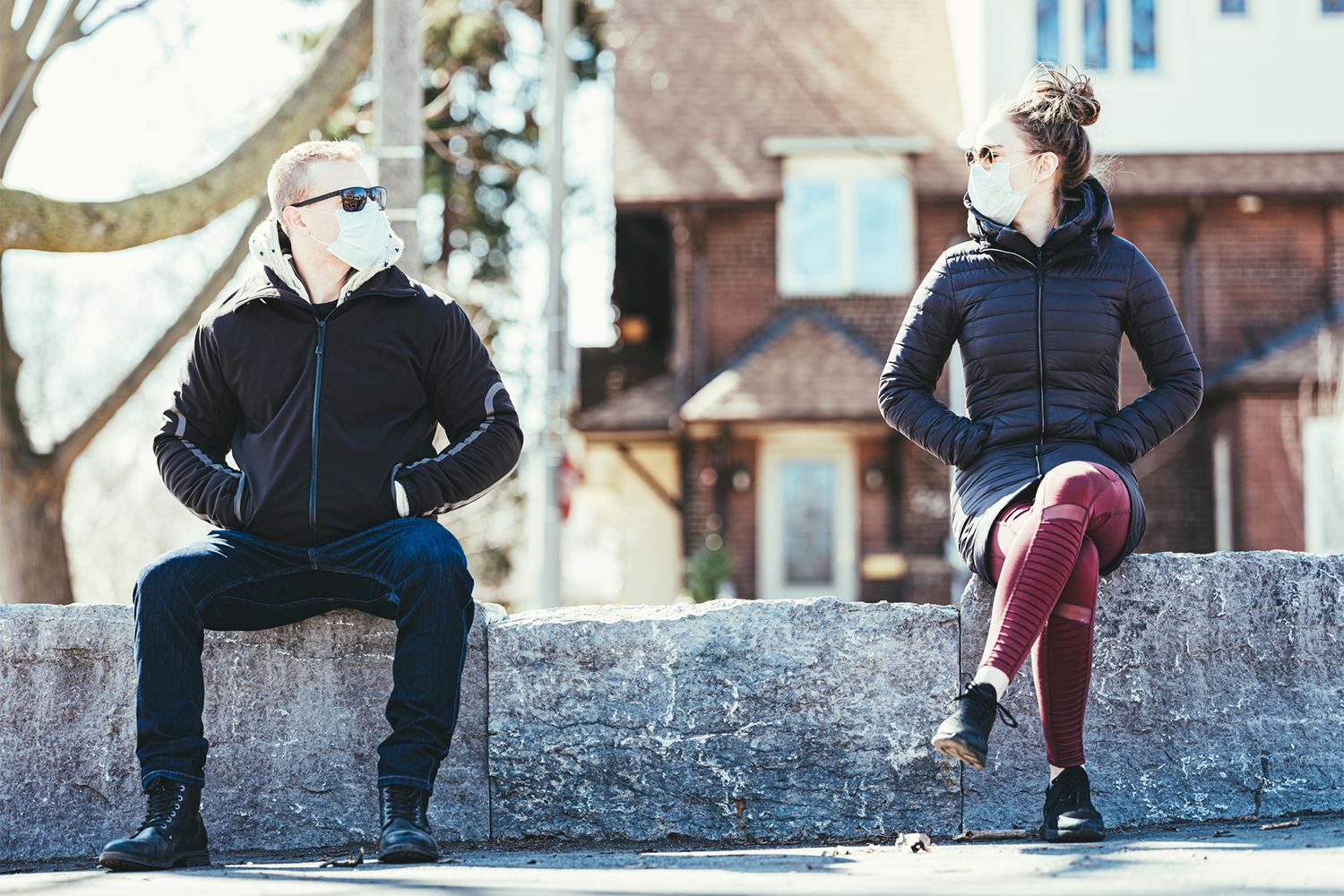
Image from news.stanford.edu
Emily Samson
Many of us are over a month into quarantine, and we’re getting used to the lifestyle changes caused by the coronavirus. At the same time, we’re starting to think about the end of the pandemic and how our “normal” might change because of it.
There are two main factors that will determine what our future will look like in regard to the virus 1) how the changing seasons will affect the virus’ spread and 2) the duration of immunity in those who have already contracted and recovered from the virus. Unfortunately, at this time, we do know a lot about either of these factors, making it difficult to determine exactly what our post-quarantine lives will look like. However, researchers have put together models to predict some possibilities.
Most models suggest that social distancing will need to last around 18 months to prevent another sudden rise in coronavirus cases. Eighteen months is the amount of time that it is predicted will be needed for a vaccine against coronavirus to be readily available to the public. While this sounds like a long time, social distancing for 18 months does not necessarily mean we will be stuck in our homes the entire time.
Under this model, It is likely that the restrictions we are facing now will ease. Researchers define social distancing as reducing contact outside the household, school, or workplace by 75%. This means that everyone should do as much as they can to reduce social contacts by 75%. While our social lives will change, we might get some degree of normalcy in our lives.
This could look like restaurants opening in the future but taking out half their seats. Classrooms might have desks spaced six feet apart and will mix online learning with in-person learning. People will refrain from hugging or shaking hands when greeting each other. Perhaps we will get more personal space in airplanes rather than the cramped seats we are used to.
As we get more information about the virus, our ideas of what the future looks like will evolve. While we are uncertain of the future, we should all be ready to adapt to changes in the way we live, work, and socialize.
https://www.technologyreview.com/2020/03/17/905264/coronavirus-pandemic-social-distancing-18-months/
https://science.sciencemag.org/content/early/2020/04/24/science.abb5793
